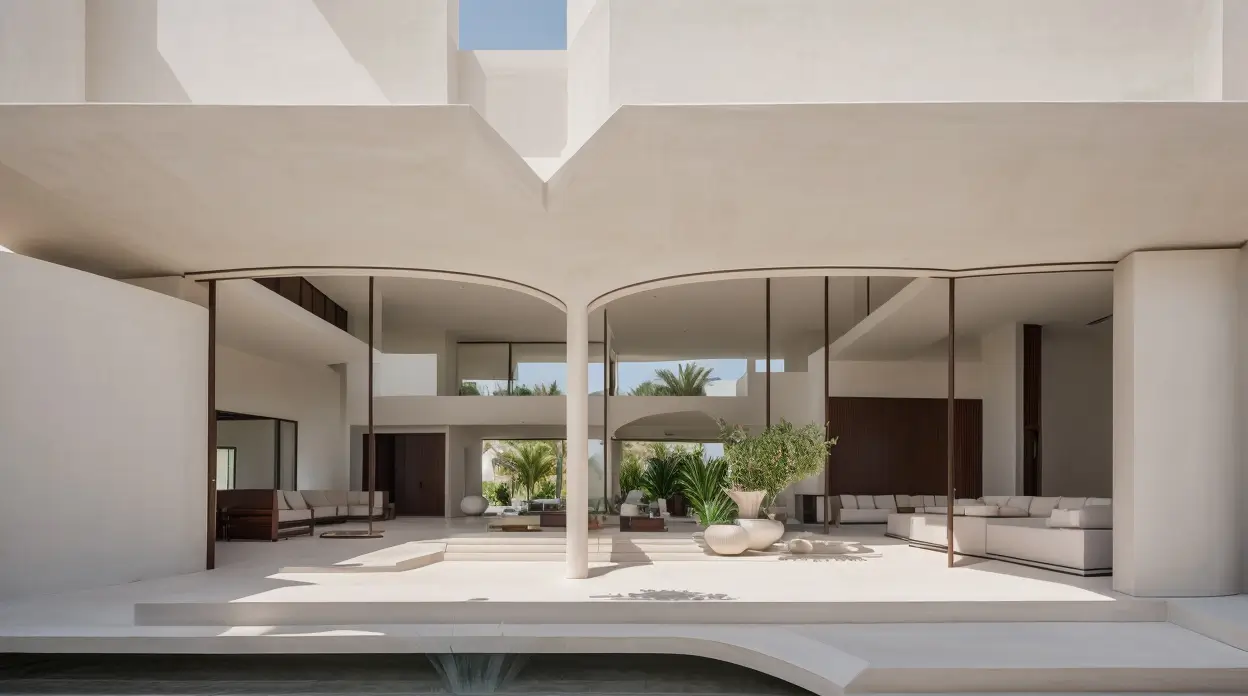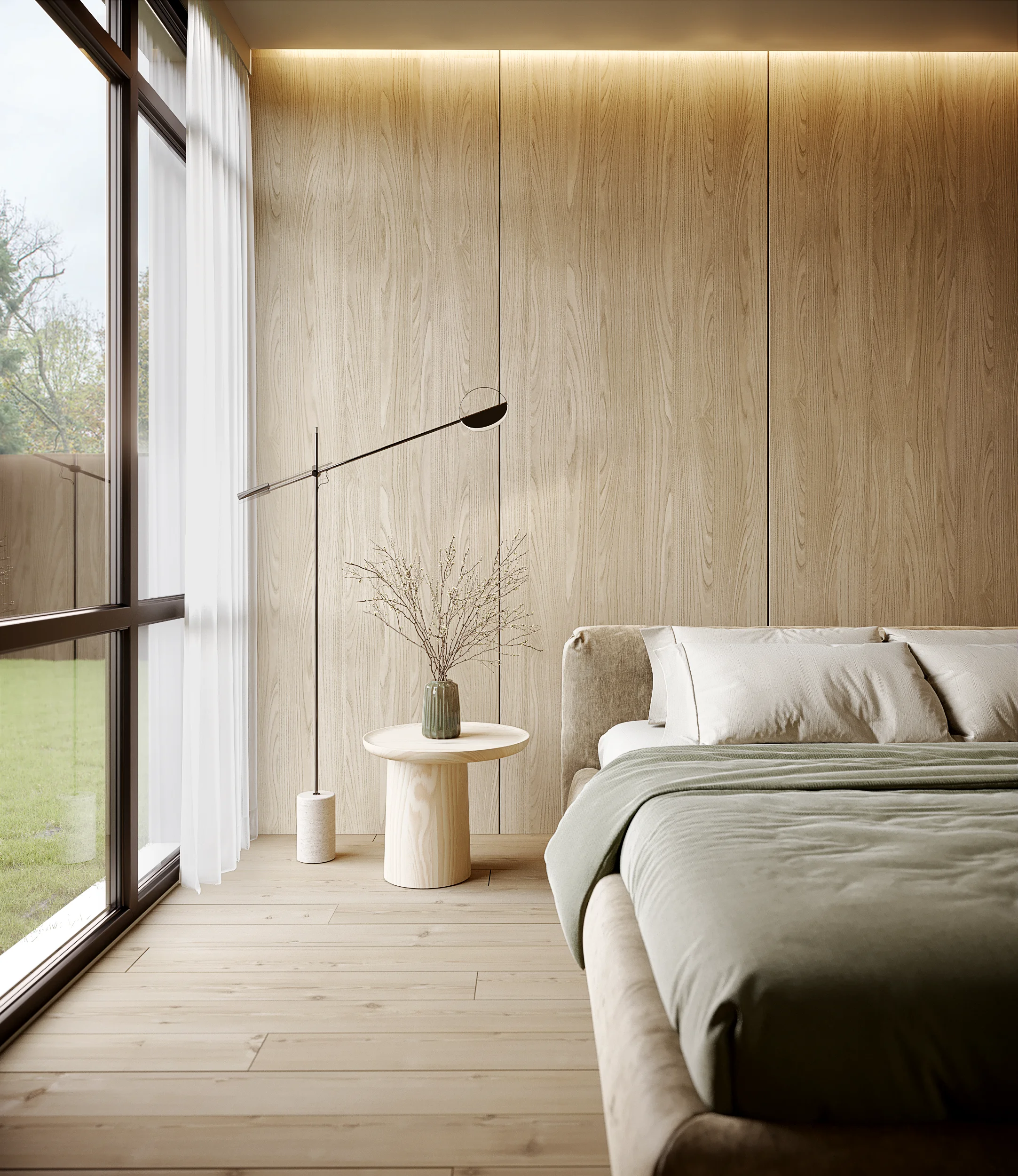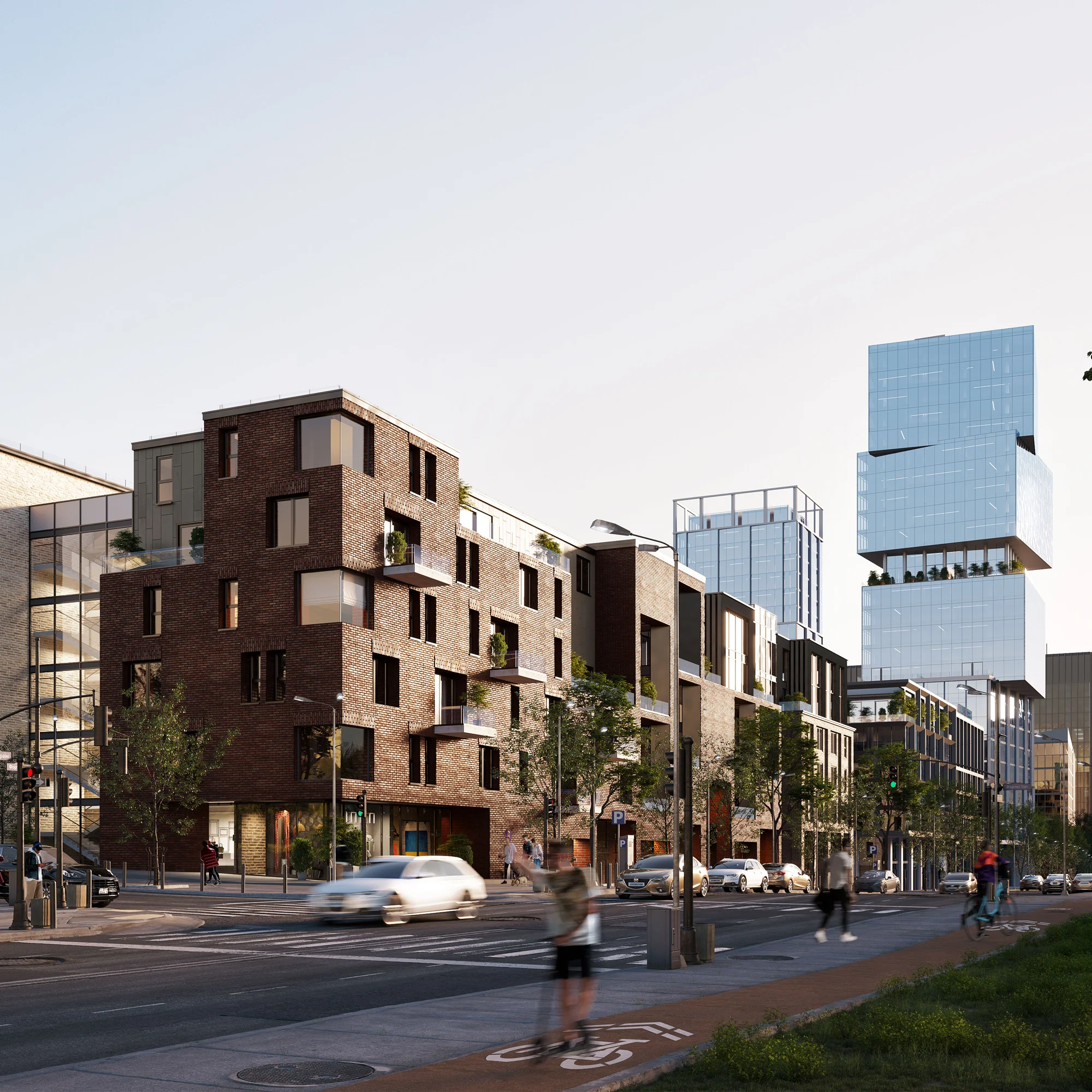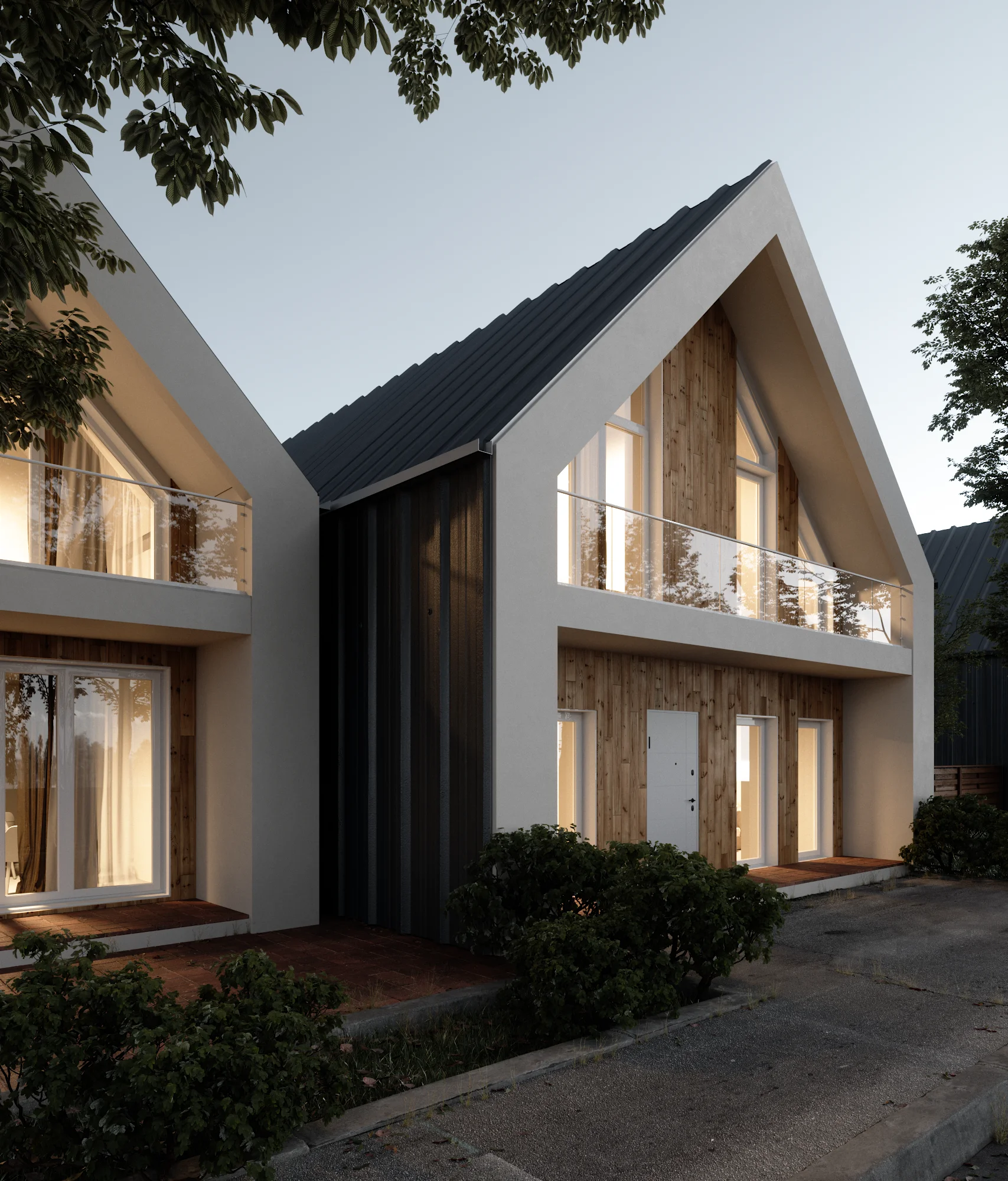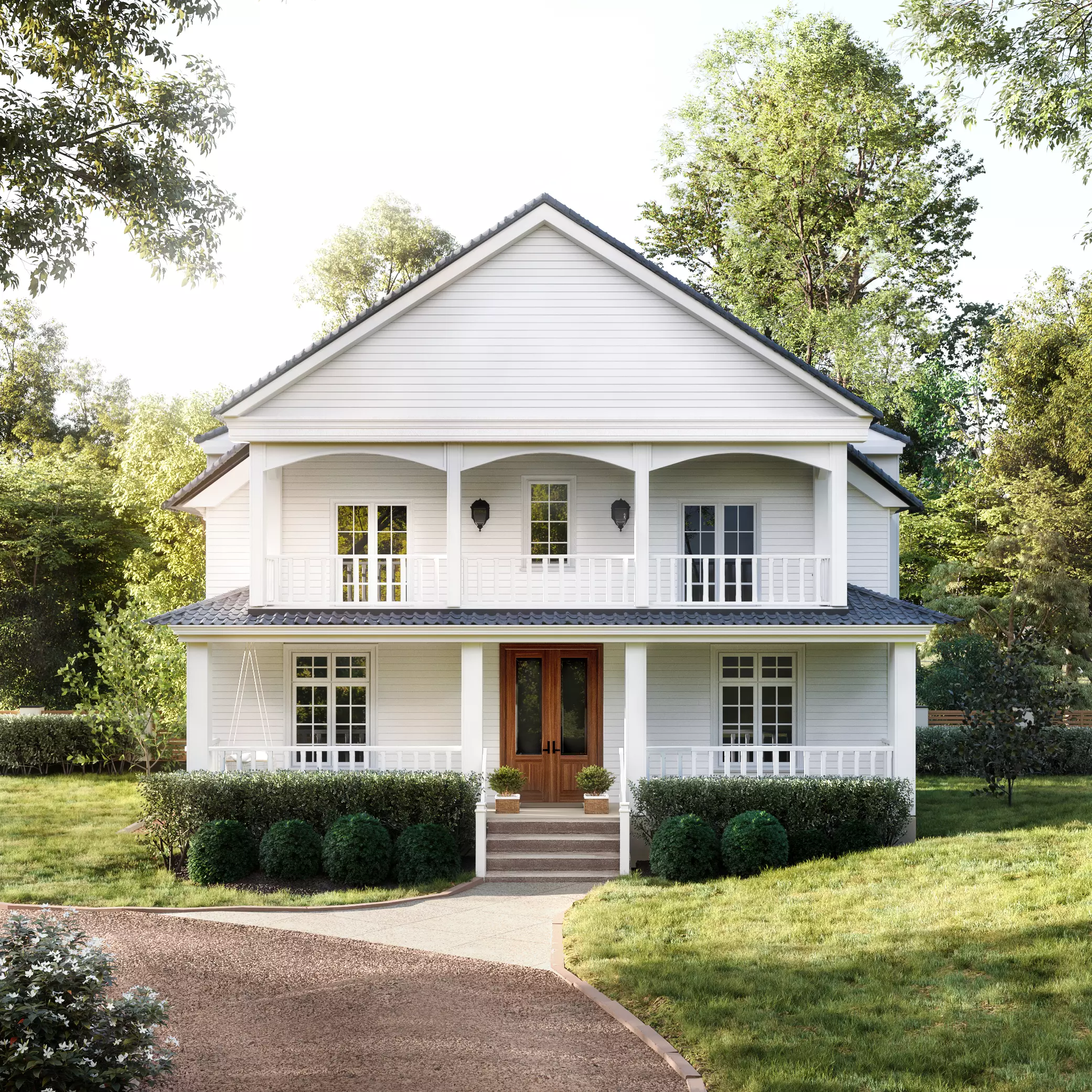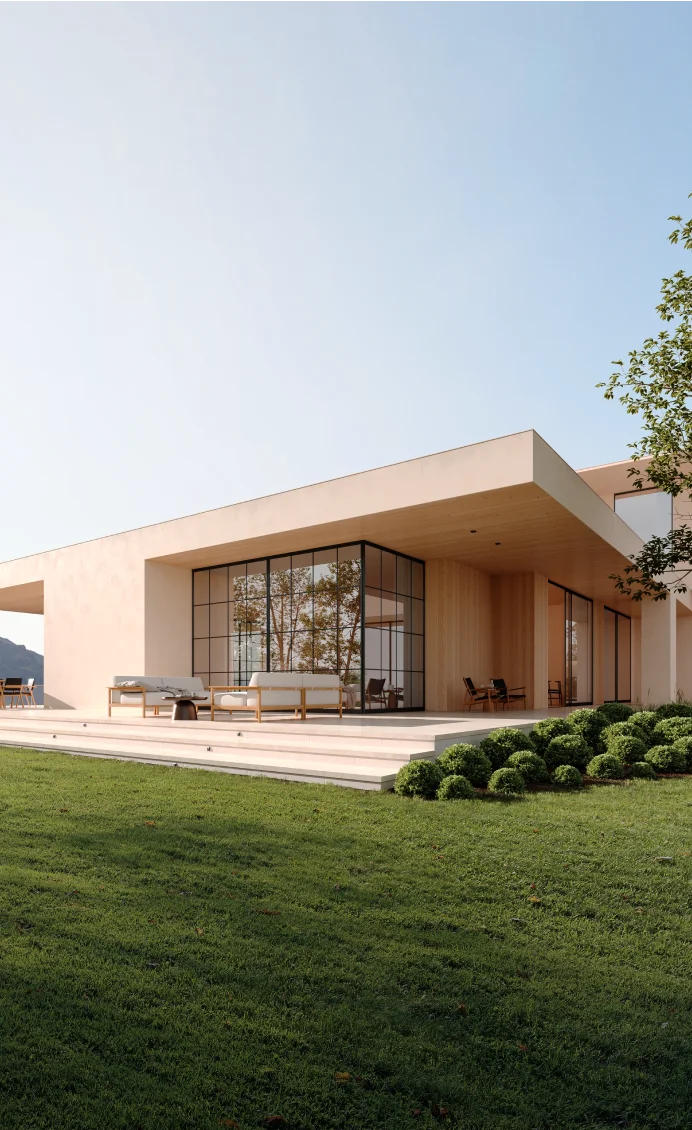Imagine being an architect, standing before a blank canvas, ready to transform an idea into a tangible reality. This magical transformation is made possible through the ingenious process of the Architectural 3D Rendering Guide. It is the art and science of creating lifelike, three-dimensional images of architectural spaces, breathing life into the void canvas and filling it with the vibrant colors of creativity and innovation.
Key Takeaways
- Architectural 3D Rendering is a modern form of architectural illustration used to visualize projects before construction.
- Key components include 3D modeling, texturing, lighting, and camera placement for an engaging visual story.
- Architectural rendering has been incorporated into all areas of architecture with applications in real estate marketing, urban planning/landscape design and interior design/furniture modeling.
The Basics of Architectural 3D Rendering

Architectural 3D rendering is the process of creating realistic images and animations of buildings and spaces using specialized three-dimensional modeling software. It’s a tool that allows architects and designers to visualize their projects before construction, making 3D visualization an essential part of the design process.
This potent technique enables architects to illuminate proposed architectural design ideas through project presentations, aiding in connecting the architect’s vision with the client’s perception.
What is Architectural 3D Rendering?
Architectural 3D rendering is a modern form of architectural illustration. It involves forming digital depictions of edifices and spaces utilizing computer-generated imagery (CGI) and computer-aided design, thereby effectively demonstrating design concepts and specifics.
It is akin to experiencing a virtual tour of an unbuilt structure.
The Evolution of Architectural Visualization
The architectural visualization field has undergone significant transformation over time. From the intricate hand-drawn illustrations to today’s advanced 3D rendering techniques, the journey has been nothing short of revolutionary. This metamorphosis, propelled by technological and software advancements, has broadened the horizons of architectural visualization, establishing it as an integral part of the design process.
Key Components of 3D Rendering
The craft of 3D rendering encompasses several central facets, each contributing towards the comprehensive authenticity and caliber of the final depiction. These components include:
- 3D modeling
- Texturing
- Lighting
- Camera placement
Each facet plays a distinct role, from constructing the virtual entities to arranging the lighting to illuminate them. These components synergistically deliver a captivating visual narrative.
Applications of Architectural 3D Rendering
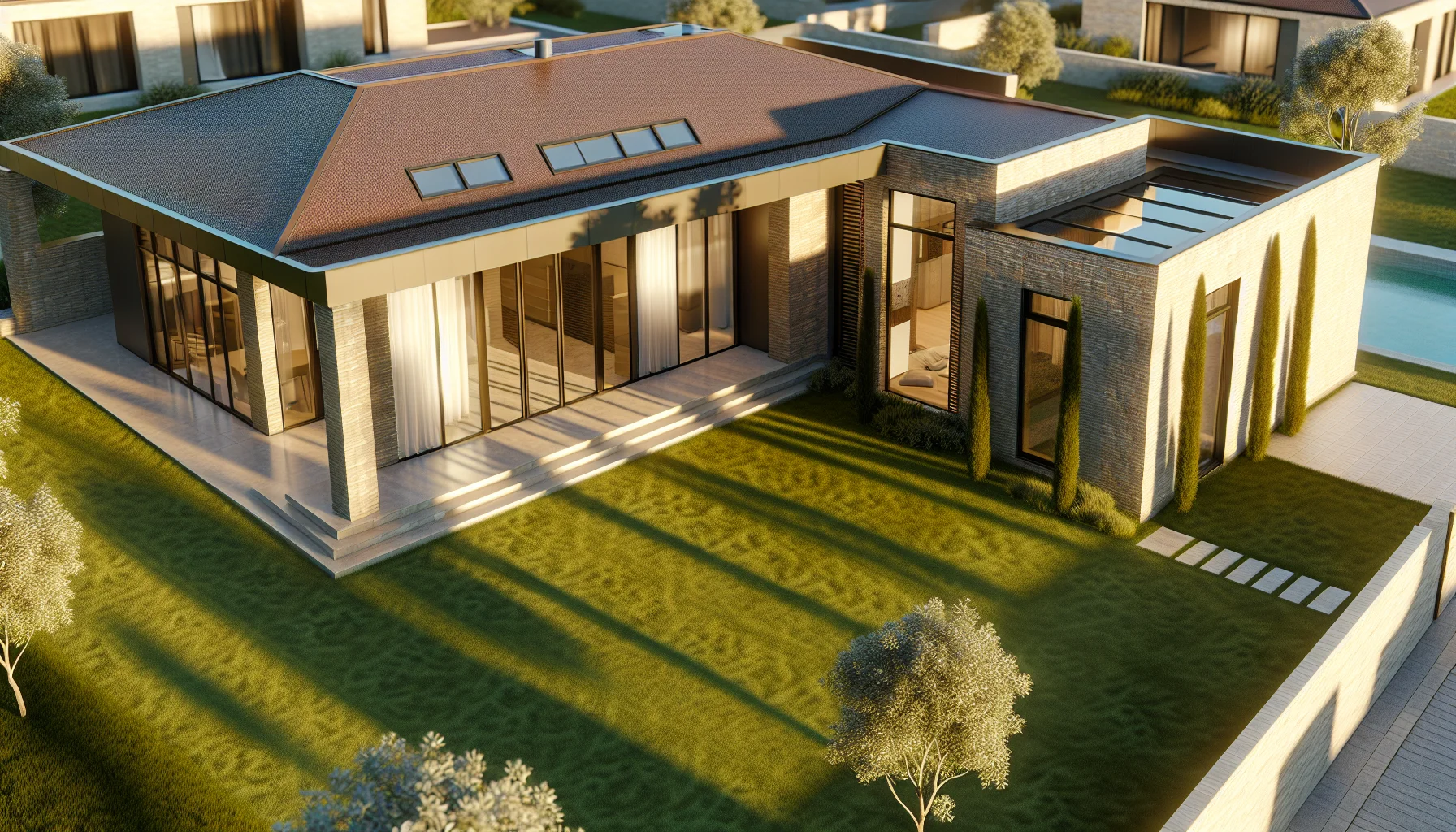
The scope of Architectural 3D rendering extends beyond mere building design. In fact, its applications are as diverse as the field of architecture itself. Ranging from:
- Real estate marketing
- Urban planning
- Landscape design
- Interior design
Architectural 3D rendering, including aerial rendering, has permeated every facet of the architectural sphere, streamlining the entire process.
Real Estate Marketing
Within the real estate industry, 3D renderings function as a potent marketing instrument. They provide potential buyers with a realistic representation of the finished product, even before construction begins. Being able to visualize a property in such detail can be a game-changer in the real estate market, allowing properties to be showcased and sold more effectively.
Urban Planning and Landscape Design
Urban planning and landscape design can equally reap significant advantages from 3D renderings. These fields often deal with large-scale projects that can be difficult to visualize. Through the creation of precise 3D representations of these designs, planners and designers can evaluate the environmental impact, articulate their design concepts more effectively, and make knowledgeable choices regarding the project.
Interior Design and Furniture Modeling
Interior design and furniture modeling is another arena where 3D rendering excels. By creating detailed interior renderings, interior designers can experiment with different layouts, materials, and lighting scenarios, as well as compare them to physical models. This not only helps in finalizing the design but also allows clients to visualize the end result.
Choosing the Right Architectural Rendering Software
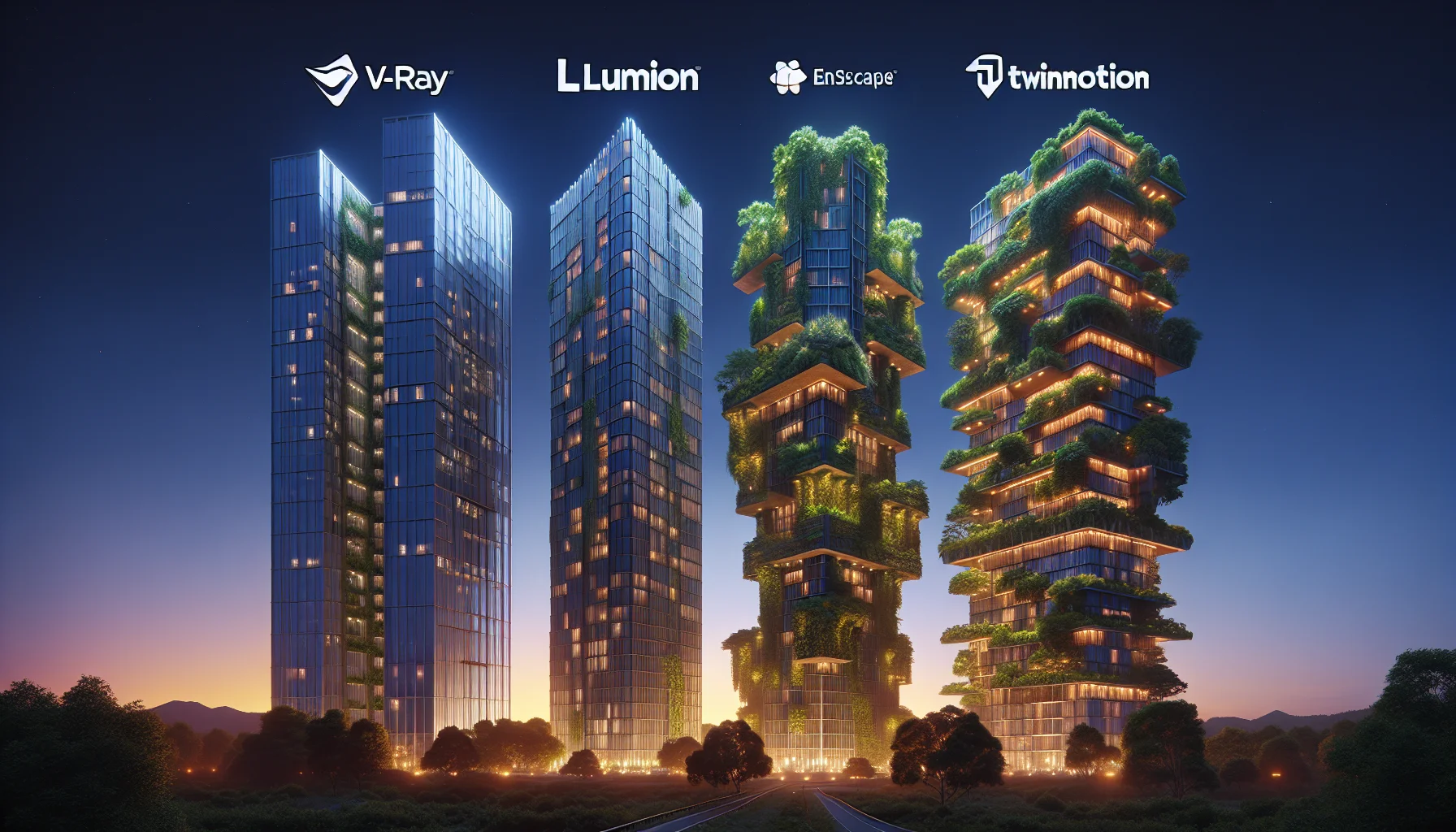
Just as a painter requires an appropriate set of brushes for creating a masterpiece, architects need suitable software for crafting striking architectural renderings. The right software can make all the difference in achieving high-quality results and streamlining the design process.
Popular Rendering Software Options
A range of rendering software options exist in the market, each boasting distinct features and capabilities. Some of the popular options include:
- V-Ray, known for its photorealistic rendering capabilities.
- Lumion, celebrated for its user-friendly interface and speedy rendering capabilities.
- Enscape, admired for its real-time rendering capabilities.
Factors to Consider When Choosing Software
While selecting software, several factors merit consideration. These include:
- The software’s ease of use
- Compatibility with existing design tools
- Rendering speed
- Quality of output
Each of these factors plays a crucial role in determining how effective the software will be in meeting your architectural rendering needs.
Tips for Creating Stunning Architectural Renderings
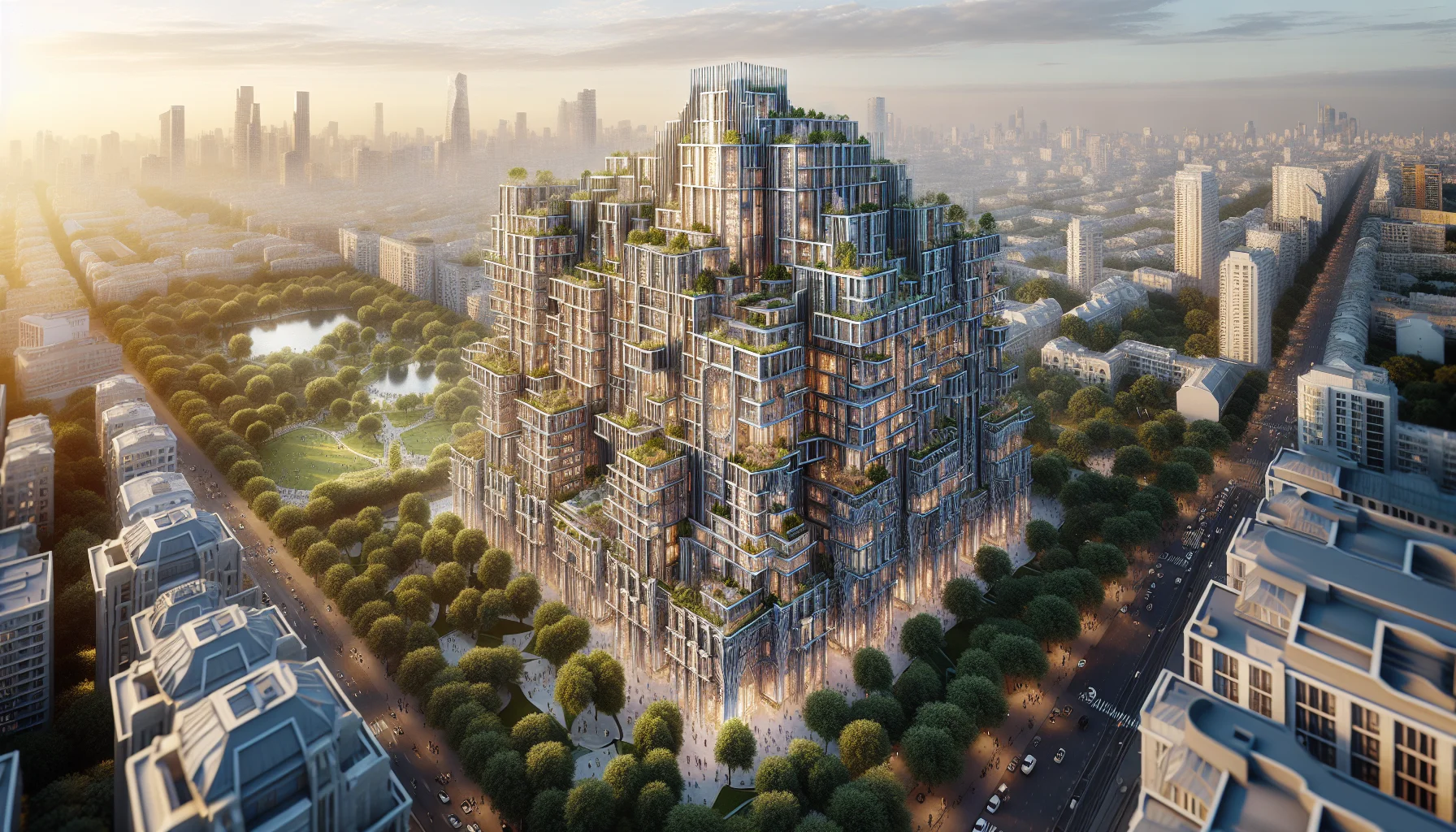
Crafting striking architectural renderings is an art demanding both proficiency and creativity. But, like any art, there are techniques and strategies that can help you master it.
Here are some tips that can help you take your architectural renderings to the next level, including exterior rendering techniques.
Attention to Detail
Meticulous attention to detail distinguishes a good rendering from an exceptional one. Every element, from the largest building to the smallest piece of furniture, should be accurately modeled and textured.
This level of precision not only enhances the visual appeal of the rendering but also increases its realism through accurate lighting.
Effective Use of Lighting
Lighting plays a significant role in 3D rendering. It not only illuminates the scene but also sets the mood and highlights important features. Effective use of lighting can enhance the overall depth and richness of the scene, making the rendering more visually appealing.
Incorporating Realistic Environments
Integrating realistic environments constitutes another major factor in crafting striking architectural renderings. Realistic environments not only provide context for the design but also create a more immersive experience for the viewer, bringing the project closer to real life.
Advanced Architectural Rendering Techniques

As technology perpetually progresses, techniques employed in architectural rendering concurrently evolve. Some of the latest advancements in this field include:
- Virtual reality (VR)
- Augmented reality (AR)
- 360-degree panoramas
- Integration with building information modeling (BIM)
Virtual Reality (VR) and Augmented Reality (AR)
Virtual Reality (VR) and Augmented Reality (AR) are transforming the domain of architectural rendering. These technologies provide immersive, interactive experiences that help clients and stakeholders explore designs in a more engaging way.
360-Degree Panoramas and Walkthroughs
360-degree panoramas and walkthroughs present another dynamic approach to visualizing architectural designs. They provide a comprehensive view of the design, allowing users to navigate through the space and examine details from multiple perspectives.
Integration with Building Information Modeling (BIM)
Merging with Building Information Modeling (BIM) simplifies the design process by enabling architects to generate 3D renderings directly from their BIM models. This ensures consistency and accuracy in their designs, saving time and reducing errors.
Outsourcing vs. In-House Architectural Rendering
Architectural rendering is a niche skill demanding both technical knowledge and artistic flair. While some firms have the resources to handle this work in-house, others may find it more cost-effective to outsource.
Factors to Consider When Outsourcing
Subcontracting architectural rendering services can be a prudent choice for firms aiming to conserve time and resources. However, it’s important to carefully consider several factors before selecting a provider. These include:
- The provider’s portfolio
- Reviews from previous clients
- Responsiveness to inquiries and communication
- Ability to meet deadlines
Taking these factors into account will help ensure that you choose a reliable and capable provider for your architectural rendering needs.
Summary
In this ever-changing digital landscape, architectural 3D rendering has emerged as a powerful tool for architects and designers. Whether it’s creating stunning visuals for a real estate marketing campaign or exploring different design concepts for a new building, architectural 3D rendering has the power to turn ideas into reality.

